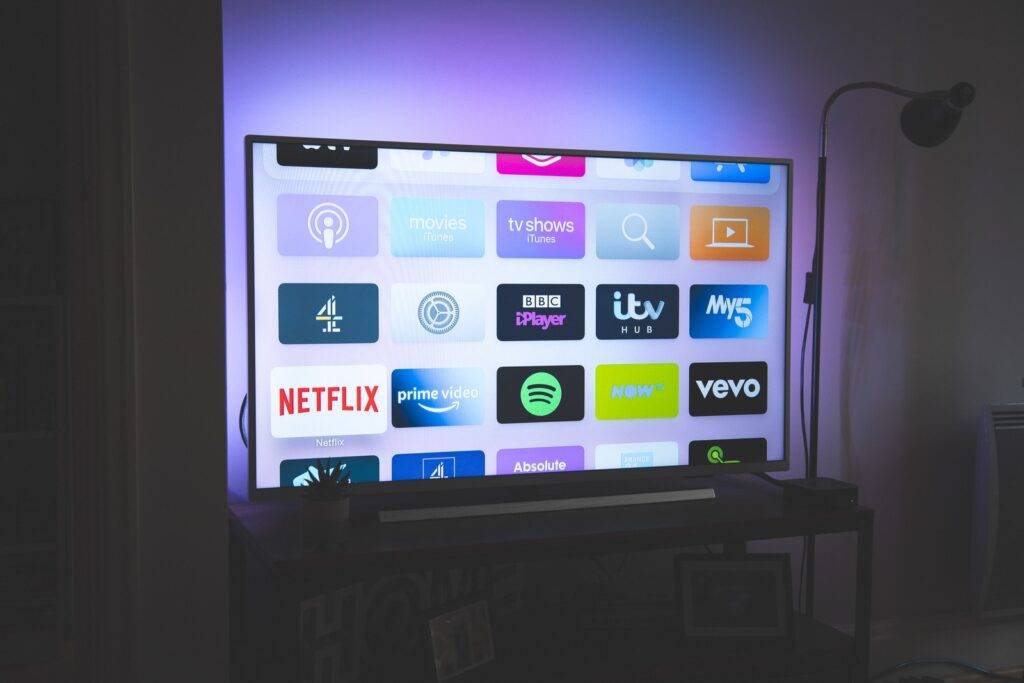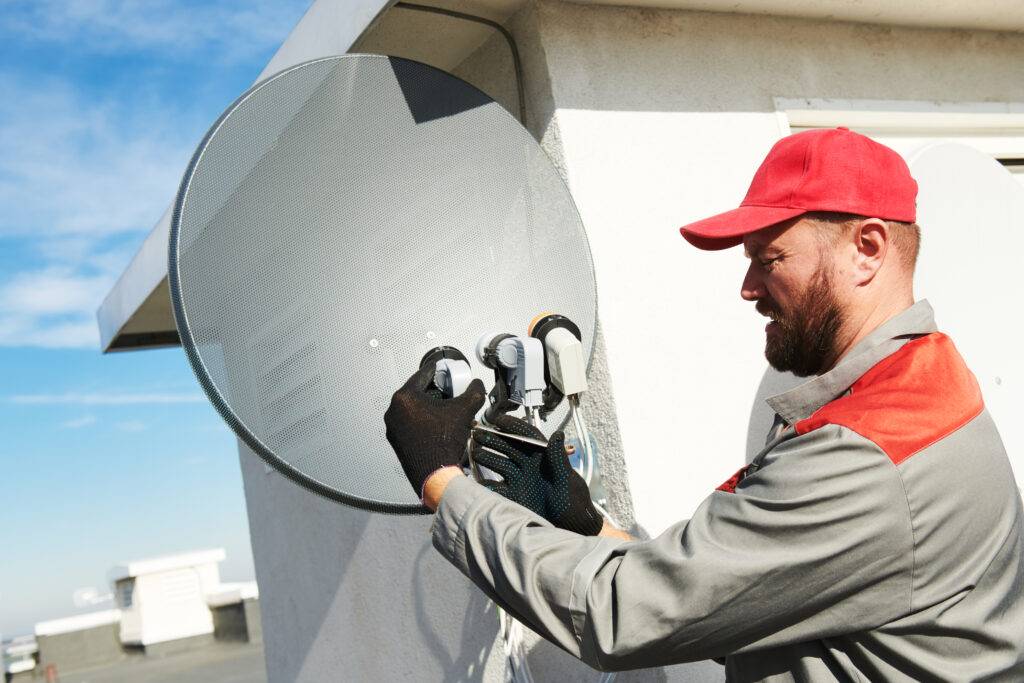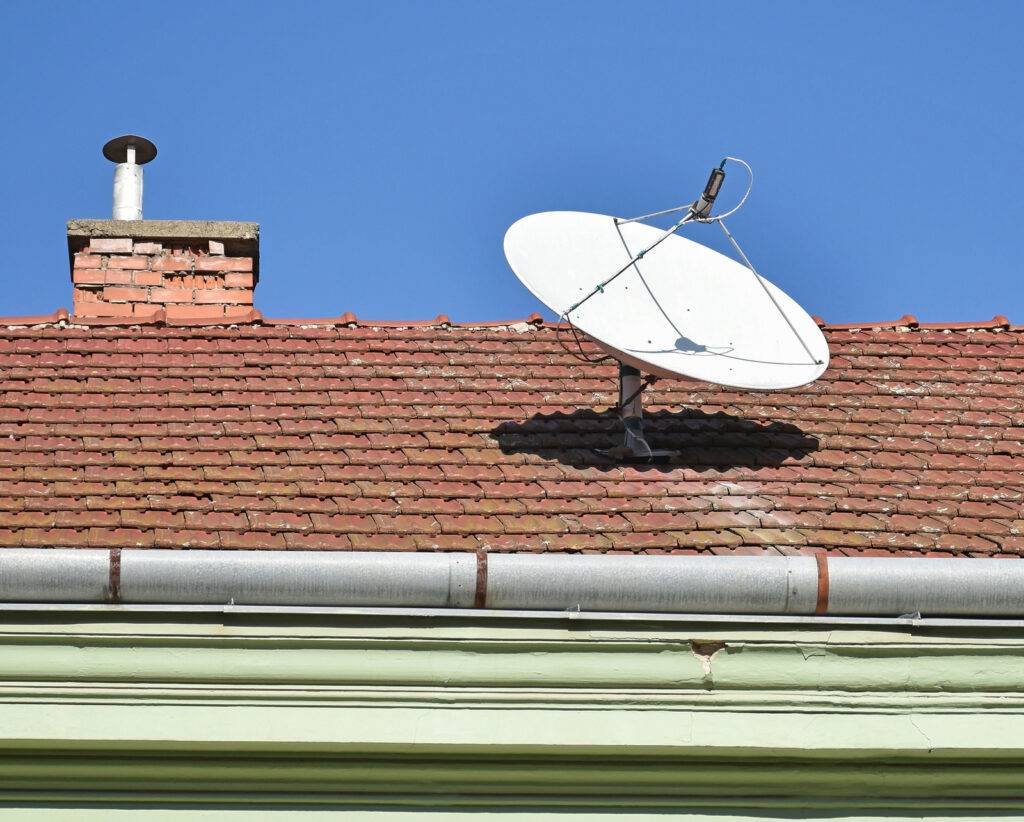Your Complete Guide: How to get Free TV with a Satellite Dish
This comprehensive guide will walk you through the process of how to get free TV with a Satellite dish and ensure you’re maximising your viewing pleasure, and provide essential information if you decide to dip into the world of subscription satellite TV in the UK.
In an age where entertainment options are seemingly limitless, finding a cost-effective way to access quality television can feel like winning the jackpot.
One avenue that often goes unnoticed or underutilized is the humble satellite dish.
Yes, the very same technology that beams live sports events to millions also has the potential to deliver a treasure trove of free-to-air channels right into your living room.
But how does one harness this technology for free channels and what exactly is on offer?
Understanding Free Satellite TV
Before we tackle the intricacies of satellite TV, it’s crucial to comprehend what ‘free-to-air’ actually means.
In the context of satellite television, free-to-air channels are broadcasters that don’t encrypt their signals or require any kind of subscription.
These channels can include national public broadcasting systems, community channels, and even some radio channels funded by advertising.
The Basics of Satellite Connection Technology
Satellite dishes work by capturing radio waves transmitted by satellites thousands of miles above the Earth.
These signals are then passed on to your satellite receiver – whether through a set-top box or integrated within your television – where they’re decoded into the audio and visual content you consume.
The process is simple and, for the most part, quite dependable once properly set up.
What Channels Can You Expect?

In the UK, the selection free channels via satellite TV service is surprisingly broad, encompassing a variety of content from news and documentaries to entertainment and children’s programming. Notable offerings include:
Along with their respective digital offshoots, totalling over 400 channels in some cases.
Free HD channels include:
- BBC One HD,
- ITV HD,
- Channel 4 HD,
- and S4C (a Welsh language channel).
Setting Up Your Satellite Dish for Free TV

Service man worker installing and fitting satellite antenna dish for cable TV or broadcast
Getting your satellite dish up and running for free TV is an achievable DIY project for many.
You’ll need a few basic tools and a clear line of sight to the satellite you wish to receive signals from.
Here’s how to do it:
Tools and Equipment You’ll Need
- A satellite dish and LNB (low noise block-down converter) – these components are usually supplied together when you purchase a dish.
- A satellite finder or a signal meter.
- Coaxial cable to connect your dish to the receiver.
- A receiver to decode the satellite signals – for free TV, this can be a basic set-top box or an integrated TV tuner.
- A mounting bracket or pole to secure your dish in place.
Direction and Elevation
The key to a successful satellite dish setup is aiming it correctly.
Use online tools or apps designed for this purpose to determine the azimuth (direction) and elevation at your location.
It’s often as simple as aligning the dish according to the degrees provided.
Mounting and Aligning Your Dish
- Secure the mounting bracket to a stable part of your home, ensuring it’s firmly in place.
- Attach the dish to the pole or bracket and rotate it to the proper angle and direction.
- Connect the LNB to your dish and point it toward the satellite with the best signal for your area.
- Run the coaxial cable from the LNB to your receiver, securing it effectively to prevent water damage.
Fine-Tuning the Signal
- Use your satellite finder or signal meter to peak the signal by adjusting the dish’s position. This step may require patience and involves small, gradual adjustments to the position to achieve the best signal strength.
- Connect your receiver to your TV and do a channel scan to lock in all available free-to-air channels.
Existing Satellite Dish or New?
If you’ve recently moved into a home and found an existing satellite dish, you may be curious as to whether it can access free channels.
In most cases, assuming the dish is still in good condition, this is entirely possible with a few adjustments.
Follow the steps above but pay particular attention to ensuring the dish has a clear view of the satellite – there should be no obstructions such as trees or buildings.
The Potential Drawbacks of Free Satellite TV
As with any technology, free satellite TV does have its limitations and potential drawbacks.
Understanding these can help you make a more informed decision before investing your time and resources into setting up a dish:
- Limited Channel Selection: While the number of free channels available via satellite is impressive, it’s still a limited selection compared to subscription services. If you have particular viewing preferences, it’s worth researching the availability of channels before committing.
- Weather Interference: Heavy rain or snow can temporarily disrupt your satellite signal and cause reception issues. Depending on your location, this may happen often and affect your viewing experience.
- Upfront Costs: While free satellite TV doesn’t require a subscription, you will have to purchase equipment and tools to set up your dish. This can be a significant investment upfront, but it may save you money in the long run compared to monthly subscription fees.
Supplementing Free TV with Paid Services

While free TV can be ample, there may be times when you crave something extra, such as exclusive sports coverage or popular dramas.
Satellite providers in the UK, including Sky TV and Freesat, offer packages and services that can be added to enhance your viewing experience.
Here’s what you need to know:
The Landscape of Subscription Satellite TV
Subscription satellite services operate on the same technology as free-to-air, but they require a monthly payment for access to their channels, which are often encrypted.
These services often provide more channels, on-demand content, and other perks, such as the ability to pause live TV and record programmes.
Understanding the Cost
The cost of subscription satellite TV in the UK depends on the provider and the package you choose.
Basic plans can start as low as £20 per month, while premium offerings with additional services can range much higher.
Keep in mind that promotional offers and bundled packages with internet and phone services can help lower your monthly bill.
Selecting the Right Plan
When choosing a subscription plan, consider your viewing habits and which channels are most important to you.
Many providers offer the flexibility to customise your package or add premium channels a la carte.
Freesat, for example, allows you to select from a range of channel packs, including music, movies, and children’s programming.
You would need a Freesat Receiver and a Freesat box to be able to watch Freesat TV.
FAQs About Satellite TV in the UK

Can I Use My Sky Dish for Free-to-Air TV?
Yes, you can generally use a Sky dish for free-to-air TV.
If you have an old Sky box, it’s important to cancel any active subscriptions and ‘pair viewing card’ services as these can lock the box into what’s considered a single-use mode.
What’s the Difference Between Freesat and Freeview?
Freeview is a terrestrial service available through your standard TV aerial, while Freesat is delivered via a satellite TV service.
Both services offer free channels, but Freesat typically provides a wider selection because of the additional capacity through satellite signals.
Check out this article to help choose between the two: https://getmedigital.com/blog/freeview-vs-freesat/
Can I Get International Channels for Free in the UK?
There are indeed international channels available for free via satellite in the UK, covering a range of languages and broadcasting from their respective countries. These can be a valuable resource for language learners and those seeking to stay connected with their heritage.
In Conclusion
Utilising a satellite dish for free TV is not only practical but also provides substantial cost savings.
With the right equipment and a bit of know-how, you can enjoy hundreds of channels without the burden of monthly subscriptions.
However, if you desire additional content or perks such as on-demand services, a subscription satellite TV service may be worth considering.
Regardless of which option you choose, understanding the technology and potential drawbacks can help you make an informed decision for your viewing needs.

